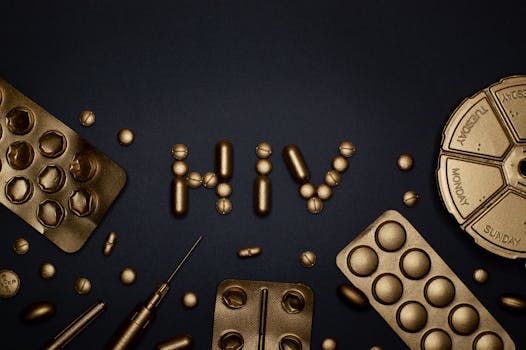
The Science Behind Vaccines and Public Health
Introduction to Vaccines and Public Health

The science behind vaccines is a complex and fascinating field that has led to significant advancements in public health. Vaccines and public health are closely linked, as vaccines have been instrumental in controlling and eliminating infectious diseases. In this article, we will delve into the history of vaccines, the different types of vaccines, and their importance in maintaining public health.
History of Vaccines

The concept of vaccination dates back to the 18th century, when Edward Jenner developed the first vaccine against smallpox. The vaccine was created by exposing people to a mild form of the disease, which would give them immunity to the more severe form. Since then, vaccines have been developed against a wide range of diseases, including measles, mumps, rubella, and influenza.
Types of Vaccines

There are several types of vaccines, each with its own unique characteristics and advantages. The main types of vaccines include:
- Inactivated vaccines, which contain killed or inactivated pathogens
- Live, attenuated vaccines, which contain weakened or attenuated pathogens
- Conjugate vaccines, which combine a weakened pathogen with a carrier protein
- Subunit vaccines, which contain only specific components of a pathogen
- mRNA vaccines, which use a piece of genetic material called messenger RNA to instruct cells to produce a specific protein
Importance of Vaccines in Public Health

Vaccines have been instrumental in controlling and eliminating infectious diseases, and have had a significant impact on public health. Some of the key benefits of vaccines include:
- Prevention of infectious diseases: Vaccines can prevent the spread of infectious diseases, which can have significant consequences for individuals and communities.
- Protection of vulnerable populations: Vaccines can protect vulnerable populations, such as the elderly and young children, who are more susceptible to serious complications from infectious diseases.
- Reduction of morbidity and mortality: Vaccines can reduce the number of cases and deaths from infectious diseases, which can have a significant impact on public health.
- Cost savings: Vaccines can also have significant cost savings, as they can reduce the economic burden of infectious diseases on healthcare systems and societies.
Conclusion

In conclusion, the science behind vaccines is a complex and fascinating field that has led to significant advancements in public health. Vaccines and public health are closely linked, and vaccines have been instrumental in controlling and eliminating infectious diseases. As we continue to face new and emerging public health threats, it is essential that we continue to invest in vaccine research and development, and work to improve access to vaccines for all populations.





